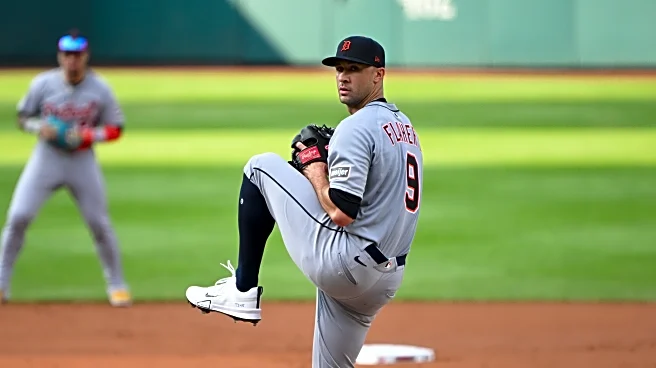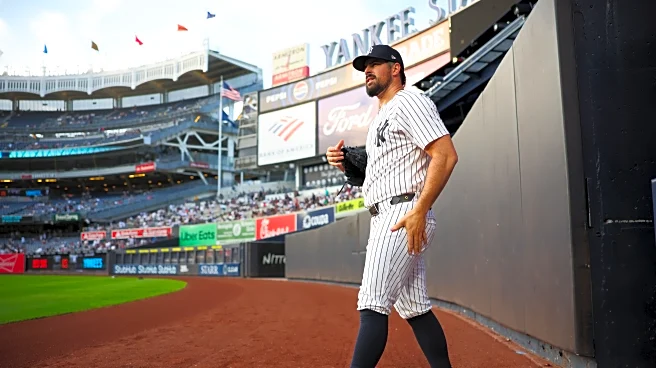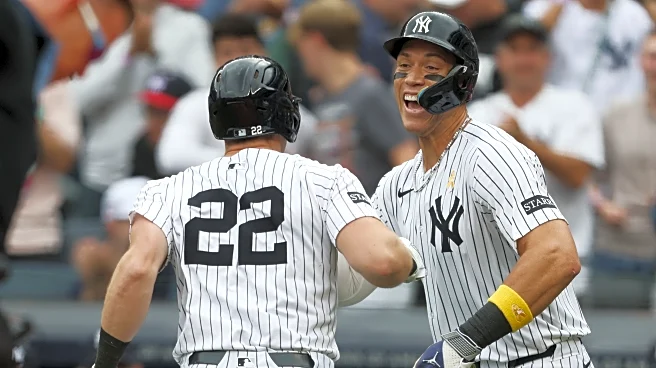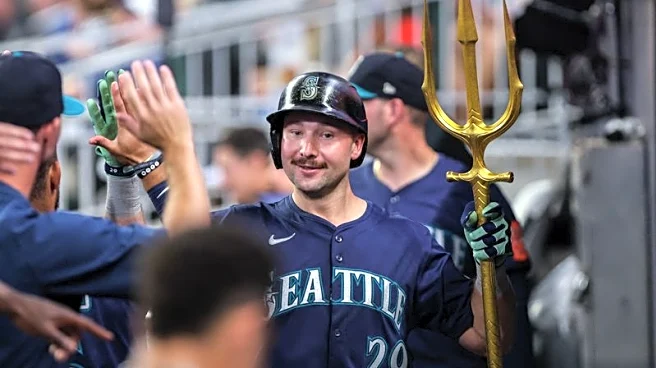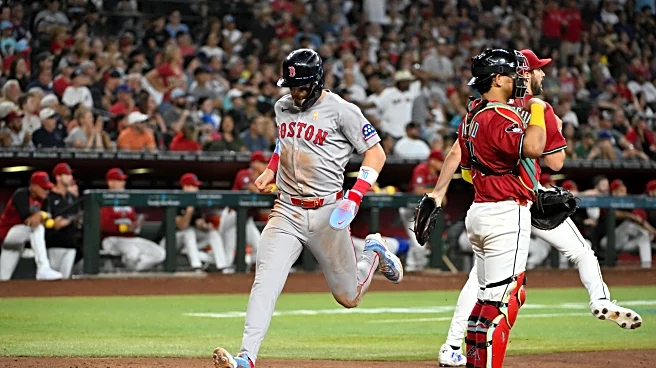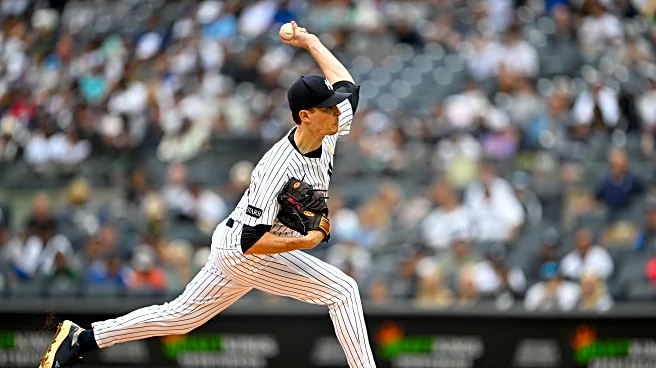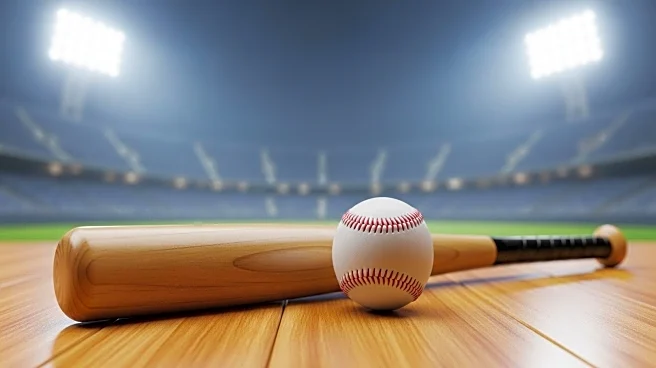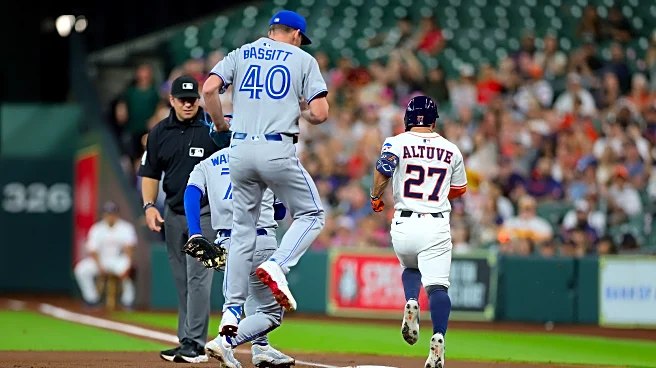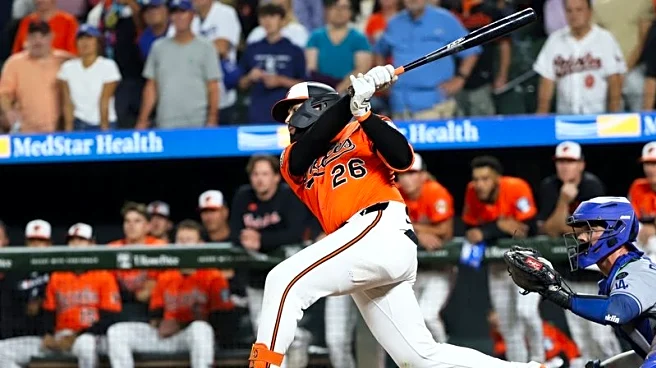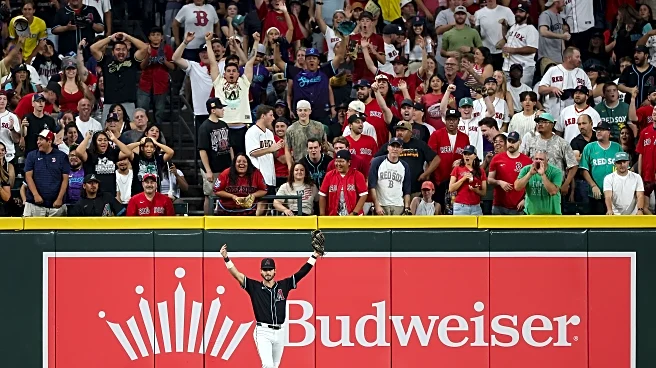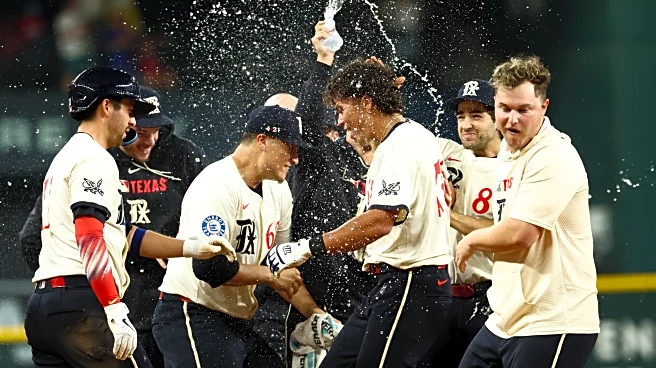
Only a year ago, starting pitcher Jack Flaherty was in the midst of a true comeback story. After years in the wilderness battling injuries and rarely contributing more than depth starter work, his 2024 season was a pretty stunning reveral of fortunes. Not only did he have his best season in over five years, but he helped get the Los Angeles Dodgers to the World Series and won a ring.
The Tigers front office and pitching coaches got a fair amount of credit for convincing the right-hander to ditch his
cutter and adjust his mechanics. When they traded Flaherty at the deadline for prospects Thayron Liranzo and Trey Sweeney, he held a 2.95 ERA/3.12 FIP with 133 strikeouts over 106.2 innings of work. He was the second best starter in the league. When big time offers didn’t materialize for him last offseason, a harbinger of things to come, bringing him back on a low commitment deal was an easy decision.
Flaherty has been worth 2.2 fWAR so far in 2025 and has certainly been valuable to the Tigers. However, the inconsistency from month to month has been maddening, and as we near the postseason he’s pitched some of his worst games of the season. His strikeout and home run marks really haven’t changed from year to year, but he is walking just a few more batters this year. FIP isn’t everything but his 3.97 FIP, along with a higher BABIP, compared to his grim 4.95 ERA, points to his poor marks and/or poor batted ball luck with runners in scoring position and his struggles with left-handed hitters more generally.
Here is the line from Flaherty’s last eight starts.
7-27-2025 vs. Blue Jays: 6.0 IP, 0 R, 5 H, BB, 7 K
08-01-2025 at Phillies. 6.0 IP, ER, 2 H, 3 BB, 7 K
08-06-2025 vs. Twins: 4.2 IP, 6 R, 5 ER, 8, BB, 3 K
08-12-2025 at White Sox: 4.1 IP, 4 ER, 8 H, BB, 6 K
08-18-2025 vs. Houston: 7.0 IP, 0 R, 3 H, BB, 9 K
08-24-2025 vs. Royals: 5.0 IP, 8 ER, 10 H, 0 BB, 3 K
08-30-2025 at Royals: 5.2 IP, ER, 4 H, 2 BB, 4 K
09-05-2025 vs White Sox: 4.1 IP, 4 ER, 6 H, 2 BB, 2 K
Overall, in the postseason you may prefer that guy in the playoffs than a standard backend starter with a 4.95 ERA who doesn’t strike many hitters out. Flaherty can win you a game when he’s on. Of course, in the regular season it all adds up the same way. If we look from month to month it’s the same thing all season long from Flaherty.
The Tigers don’t have a lot of options here. Certainly they can keep non-Tarik Skubal starts short in the postseason, but they still need both Flaherty and Casey Mize to be at least effective if not good, and to give them solid short outings before they turn heavily to the bullpen.
So what is Jack’s problem this season?
We can try to diagnose the main culprit in his pitch mix in a moment, but it really comes down to Flaherty’s struggles against left-handed hitters along with standard issues with the third time through the order penalty. That lends a little optimism that he will be able to give them quality shorter outings in the postseason if they’re a little more careful with his usage.
Hitters hold a .288 wOBA against Flaherty the first time through order this year. Then .329 the second time through, and finally .358 wOBA the third time through. The third time through the order penalty is well known and is pretty broadly applicable. The more hitters see a pitcher in an outing the better they do against him. Nothing too complicated about it, though the fact that pitchers may see a lineup a third time most when they’re pitching well rather than getting an early hook may skew the overall numbers a little.
Thinking ahead to the postseason, the message here is pretty simple. Don’t try to push Flaherty through an order the third time, and if you do and he gets in any trouble at all the hook better be quick. Against certain teams, particularly those with multiple dangerous left-handed hitters typically near the top of the order, starting the game with an opener might really be appropriate to help Flaherty settle into the game. Then, by the time the top 3-4 hitters in an order see him twice, you’re hopefully into the fifth inning and perhaps then he can go on to face part of the second half of their opponent’s lineup a third time, again with the hook at the ready as it always is in the postseason. Or, by doing so you may at least get an opposing manager to arrange his lineup differently than he normally would.
The other part of the calculation is Flaherty’s natural weakness against left-handed hitters. Bucking his career trend, he was actually much more effective against left-handers than right-handers last season, with a 3.06 FIP versus a 4.01 FIP against right-handed hitters. This year things have switched back and he has a bleak 4.72 FIP against lefties with a 3.23 FIP against right-handers. He’s faced one more lefty than right-hander this season, so the samples are the same and it’s lefties walking far more and hitting for more power as well.
What changed? it isn’t too hard to find that the culprit is mainly Flaherty’s fastball.
This year left-handed hitters have posted a .393 wOBA with a .228 ISO against. They’re whiffing just 15.1 percent against the fourseamer. Last year his fourseam whiff rate against lefties was 21.6 percent. They posted a .304 wOBA with a .125 ISO against it, while Flaherty threw 22.6 percent fourseamers to lefties in his pitch mix. This year he’s used it 22.7 percent of the time against left-handed hitters. The rate of fourseamers hasn’t changed, but the effectiveness sure has collapsed.
His fourseam heatmap to lefties doesn’t really show any differences from 2025 on top to his 2024 heatmap below.


So it’s not a simple matter of location. His dispersion isn’t markedly better or worse. I had a hypothesis that Flaherty did a better job jamming left-handed hitters in 2024, but the heatmaps don’t really support that. I still feel like we need to see him tie up left-handers inside more often. Flaherty’s fourseamer doesn’t run much and looks more like a true cut fastball than most. It’s not going to do well when it’s out over the middle of the plate. Keeping southpaw hitters from cheating to get to the outside fastball needs to be a bigger focus.
The heatmap does say that Flaherty has missed up and away armside a little more and that certainly gels with the eye test, but overall his location hasn’t really changed a lot. He’s just been a little less consistent overall compared to his 2024 season. He’s still trying to nail the outer edge while bending sliders across the bottom of the zone. He’ll mix in the knuckle curve down the outside edge to lefties and that pitch is pretty unhittable, but that may be partly because he only uses it 13.2 percent of the time against lefties. He could try throwing it a little more and see if it helps the fastball play up too. The slider will occasionally get beat, but it remains the change in effectiveness in his fourseam fastball to lefties this season that really stands out as his big issue.
So that adds a second, if obvious corrallary to his postseason usage. Try to keep him from seeing too many dangerous left-handed hitters, particularly with runners on base. The Tigers are going to have to be flexible to find a way deep into the postseason with the current pitching staff. It’s Tarik Skubal and improv mode right now. If Flaherty pitches 3 2/3 innings and they have to go with a quick hook to avoid a dangerou lefty with runners on base in the fourth inning, so be it. Maybe he then pitches on shorter rest in another shorter outing to keep him from getting overexposed in a series. The Tigers are going to have to be creative depending on the opposition and how they match up against the Tigers’ staff.
We’re not exactly coming up with any real breakthrough here. The only thing for Flaherty to do is to perhaps alter his pitch mix, and otherwise the Tigers will just need to deal with the fact that he’s dominating right-handed hitters but struggling against left-handers, particularly once he gets to the middle innings.
Flaherty’s fourseamer has pretty average ride, and below average horizontal break. It’s tricky in that it looks like it should run based on the spin direction, but instead it actually stay pretty true, averaging only 5.7 inches of horizonal break per Statcast. Hence it looking more like a cut fastball than most. At 92.8 mph average velocity, compared to 93.3 mph in 2024, it’s just not that good a pitch, but it isn’t obviously a worse pitch in terms of pure stuff than it was last year. The difference is pretty small. Initially hitters seem to have a hard time squaring it up the first time through the order but they adapt throughout the game, particularly left-handed hitters.
Jack Flaherty pitched really well for the Los Angeles Dodgers last year after the trade. He ran out of gas in the postseason, but he battled through some tough outings where he had to wear it and hope his team came back. It wasn’t a sterling exit interview and probably explains why the offers were light in the offseason. Still that’s valuable experience pitching in the spotlight. Add to that peripheral numbers that suggest he’s had some amount of bad batted ball and sequencing luck, and the third times through the order penalty suggesting things don’t go well when they try to stretch Flaherty too far in an outing, and there is hope that he can be more effective in the postseason if A.J. Hinch can limit his demands on the right-hander.
Everyone in the Tigers fanbase would feel better about the team’s chances right now if Flaherty could get on a roll. Unfortunately, that isn’t looking too likely at the moment. His scheduled road start in New York against the Yankees on Wednesday will be another test against a lineup that has a few dangerous lefty bats, but is typically a little more right-handed overall. Of course, Aaron Judge doesn’t care which side you’re throwing from.
A.J. Hinch and Chris Fetter will have to improvise a bit to get the most out of Flaherty in October, but they’re also going to have to take what they can get without pushing him too far in any one outing. If the club is going to make any kind of a serious postseason run, Flaherty has to be a positive factor. Hopefully, the Tigers can get him tuned up closer to his July form before the postseason begins.
